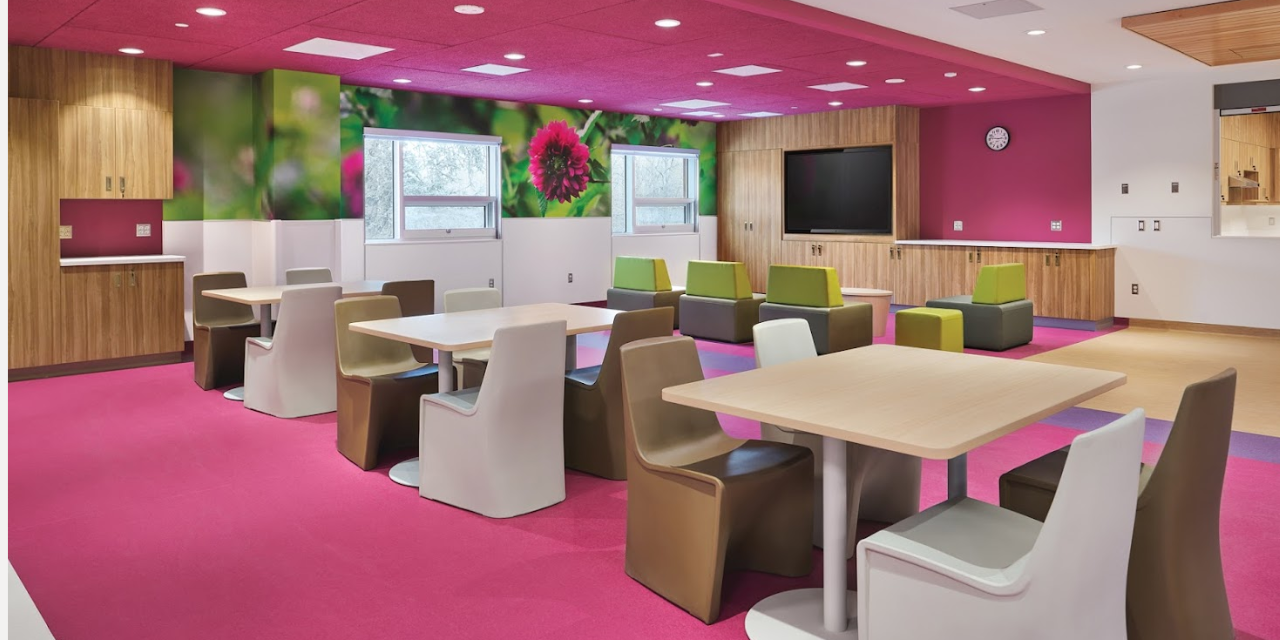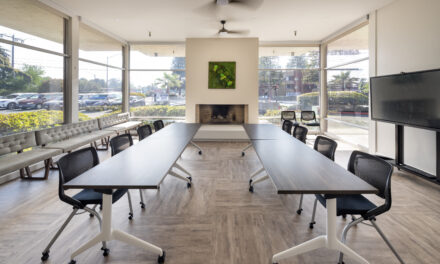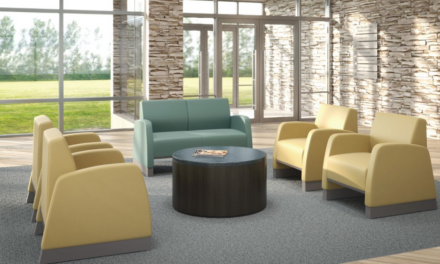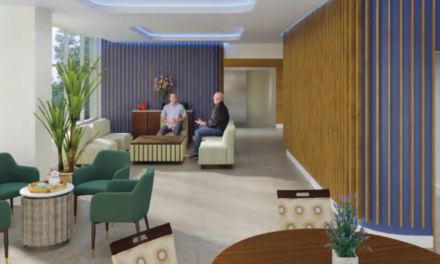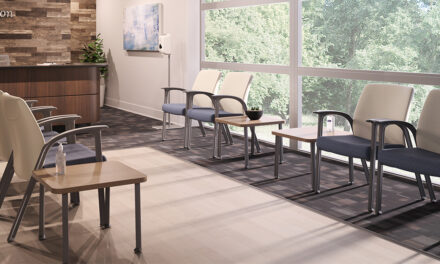“Out with the old and in with the new” takes on a deeper meaning in behavioral health design through the lens of adaptive reuse. This innovative approach reimagines existing buildings as modern therapeutic environments, blending historical preservation with evolving behavioral health facility design. Behavioral health redesign through adaptive reuse honors the past while paving the way for future, modernized healing spaces.
Discover how to transform psychiatric hospitals and substance use disorder buildings into modern centers of healing by embracing adaptive reuse strategies that modernize and rejuvenate.
The Significance of Therapeutic Environments in Behavioral Health
The design of mental health facilities may play a crucial role in the treatment and recovery of individuals. Research shows that environments can significantly impact a patient’s healing process, with aspects like natural light, noise control, and privacy. According to VeryWellMind, a well-designed therapeutic milieu, which refers to a structured and safe healing environment in psychiatric hospital design, can have a positive impact on both patients and staff.
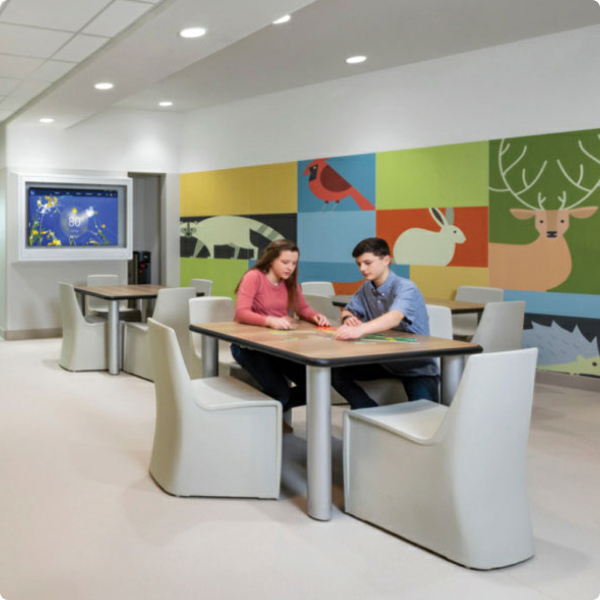
Behavioral Health Designs: A Guide for Adaptive Reuse & Modernization
As psychiatric hospital design takes shape, the following are behavioral health architecture and design feature commonalities when creating a healing environment through adaptive reuse.
- Tailored Product Solutions: Selecting curated behavioral health products can help support healing environments.
- Space for Therapy: Ensure adequate space for therapy sessions to facilitate effective treatment.
- Patient Rooms: Design secure yet welcoming patient rooms that respect privacy while being inviting.
- Community and Privacy: Create areas that support both community interaction and private reflection.
- Atmosphere: Focus on an interior design that avoids an institutional feel, helping reduce the stigma often associated with behavioral health.
Successful Adaptive Reuse: Behavioral Health Trends in Building Design
Adaptive reuse offers a transformative path for behavioral health design by efficiently converting older buildings into therapeutic environments. Adaptive reuse revitalizes buildings that may otherwise remain vacant or be demolished, giving them a new lease on life and serving contemporary needs. Various types of buildings are ideal candidates for adaptive reuse due to their unique architectural features, historical significance, or robust structures.
Adaptive Reuse Example: Converting Skilled Nursing Facilities for Behavioral Health
BH Business highlights this approach, which emphasizes the cost-effectiveness and speed benefits over new constructions.
- Existing Layouts: Skilled Nursing community buildings already possess layouts that support patient care, which can be adapted to the needs of behavioral health services.
- Facility Features: These buildings often include essential utilities and accessibility features, which can be upgraded to meet psychiatric care standards with fewer structural changes.
Benefits of Adaptive Reuse: Cost and Time Efficiencies
- Economic Benefits: Converting existing buildings into behavioral health facilities is generally more cost-effective than constructing new buildings. This applies not only to skilled nursing facilities but also to other types of structures like schools, offices, or residential buildings.
- Faster Project Completion: Leveraging existing structures speeds up the development process by eliminating initial phases required in new constructions, such as site preparation and foundational work. This efficiency reduces project timelines and enables a quicker response to develop mental health design architecture and psychiatric hospital layouts.
Proven Results from Modernizing Spaces
Another behavioral health design trend is integrating trauma-informed design. Crestwood is revitalizing its facilities with trauma-informed psychiatric facility design, focusing on creating spaces that feel homelike and promote healing. They partnered with Direct Supply to carefully select durable, commercial-grade furniture and other intentional procurement solutions. This collaboration has effectively transformed their facilities into refreshed, healing-focused environments.
Before
After
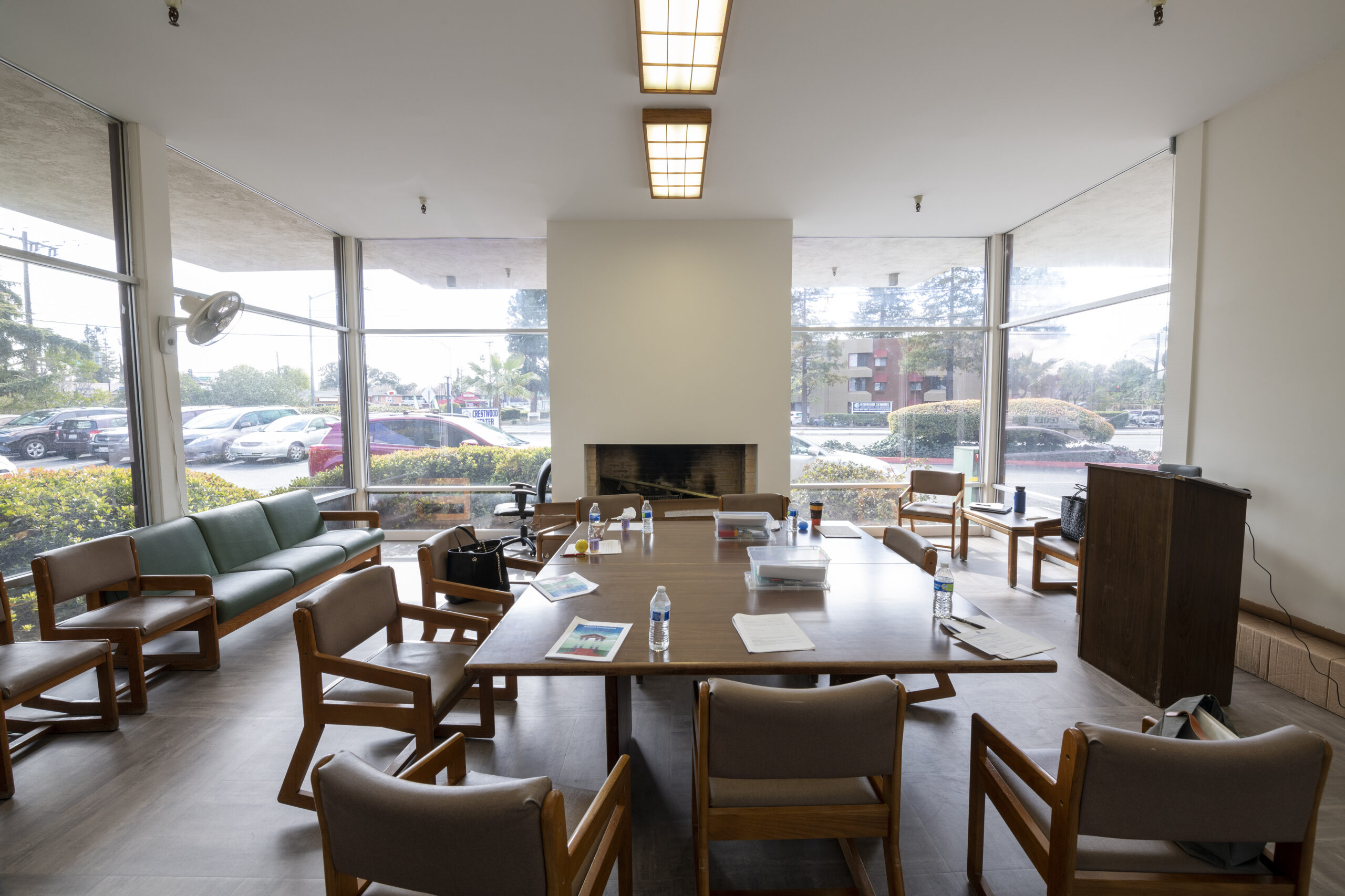
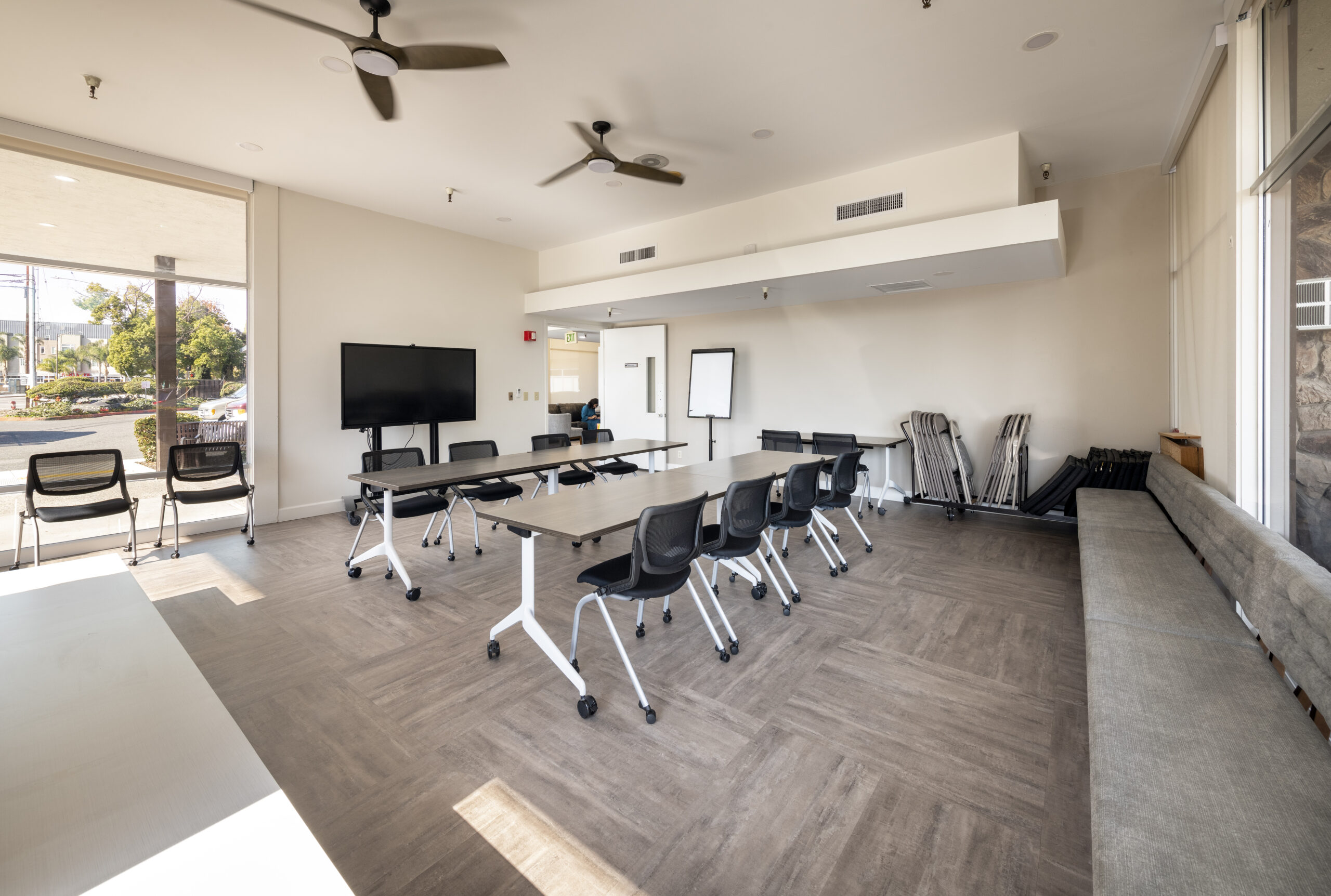
Meet Your Partner for Behavioral Health Solutions: Direct Supply®
When considering adaptive reuse projects or how to enhance interior design for mental health facilities, a dedicated partner can help support your vision.
- Expertise in Designing Healing Environments: Direct Supply® excels in creating spaces that foster mental health recovery, integrating essential elements like natural light, privacy, and sound control.
- Streamlined Project Management: From start to finish, Direct Supply® handles every project phase, tackling regulatory challenges and managing budgets without sacrificing quality.
- Customization: Direct Supply® understands that each facility has unique needs and offers customized solutions to enhance functionality and comfort.
Schedule a Free Consultation!
Contact us to start transforming your facility and take the first step towards a modernized healing environment. Our customers rely on Direct Supply® for an unmatched assortment of products and superior project management horsepower.
